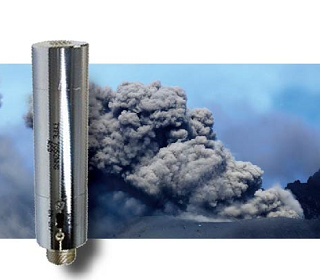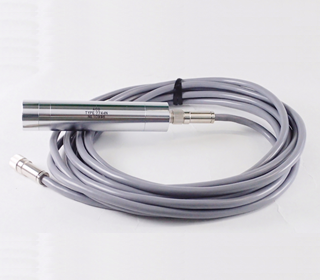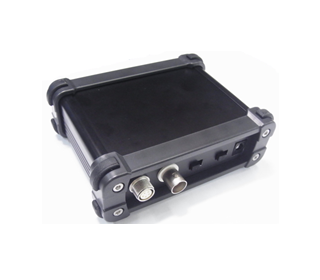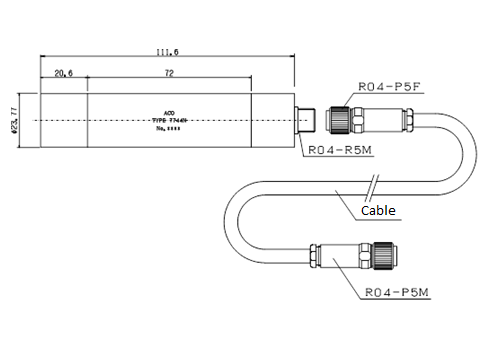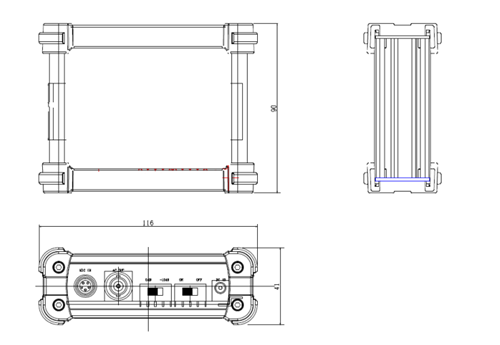
■Type 7744N is a preamplifier Integrated Microphone that consists of an electret condenser microphone for low frequency, which can measure low frequency sound pressure from 0.1 Hz to 1000 Hz, and preamplifier. In combination with Type 5002A, it realized a low current consumption of approx. 2.8 mA. As it is smaller in size and lower power consumption compared to the existing infrasonic meter, it is suitable for mobile observations of volcanos.
■History of volcano observation using infrasonic meter
For the purpose of observing explosive infrasonic wave, an “Infrasonic Meter” having frequency characteristics suitable for it was developed and Kyoto University’s Sakurajima Volcano Observatory (currently the Volcanic Activity Research Center) started the observation in December 1982. Then the Japan Meteorological Agency (Kagoshima Local Meteorological Observatory) followed by starting observations in March 1983.
As the observation of infrasonic wave using the infrasonic meter has achieved significant results in predicting and judging volcano eruption or analyzing volcanic vibration, after that infrasonic meters were installed in the vicinity of other volcanos in Japan than Sakurajima during eruption activities.
For instance, observations by Hokkaido University during the eruption of Mt. Tokachi in 1988 – 1989, or Kyoto University’s observations for Suwanosejima island after 1989, and observations by the Japan Meteorological Agency during the eruption of Mt Unzen in 1990 – 1995, installation and familiarization of the infrasonic meter has spread rapidly.
Currently, infrasonic wave observations (observations of infrasonic wave using infrasonic meter) are carried out in various volcano observations (constant observation / mobile observation) by the Japan Meteorological Agency. Essentially, infrasonic wave observation is to observe the vibrations of air caused by eruptions therefore it is possible to detect the occurrence of the eruption and its scale from the record of infrasonic wave even when the conditions of the volcano cannot be monitored by telescopic camera due to bad weather, etc. From 2000 to 2001, the Japan Meteorological Agency installed GPS and infrasonic meters for every volcanos in Japan that are subject for constant observations. By maintaining facilities of seismometers and infrasonic meter near the volcanos and sending observation data to the volcano monitoring / information center on real-time basis, and monitoring the status of occurrence of volcanic earthquakes, volcanic tremors or infrasonic waves, accurate evaluations of volcanic activities is realized by infrasonic meter.
